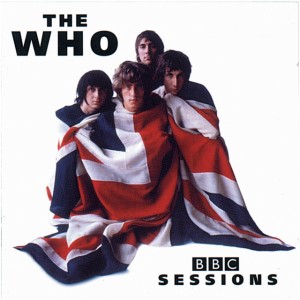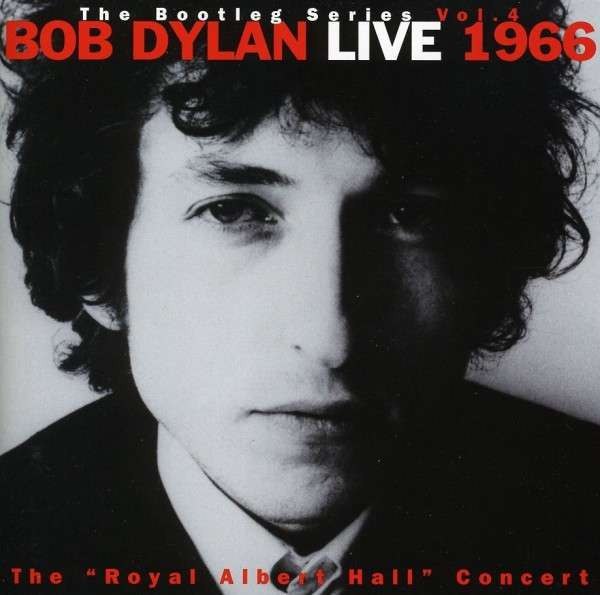 Still somewhat trying to find out how to best transfer their sound to vinyl, Ummagumma shows Pink Floyd grasping at three well-served straws common to big acts: the live album, the double album, and the individual-statement-by-each-member.
Still somewhat trying to find out how to best transfer their sound to vinyl, Ummagumma shows Pink Floyd grasping at three well-served straws common to big acts: the live album, the double album, and the individual-statement-by-each-member.The live portion is the most consistent, starting with an excellent version of “Astronomy Domine”. Even without Syd, the band takes the song into the stratosphere, with extended organ and guitar solos. “Careful With That Axe, Eugene” makes its first LP appearance, all one chord over bass octaves and a couple of screams. “Set The Controls For The Heart Of The Sun” and “A Saucerful Of Secrets” continue the band’s reputation as spacey freak-out improvisers, although the latter does get the gift of subtitles for each of the sections.
The success of each member’s solo spot comes largely from where you’d expect. Rick Wright’s “Sysyphus” is presented in four parts, beginning and ending with a blast of Mellotron. Rather than give us something pretty on the piano in between, he chooses to create musique concrète, banging the keys and hitting the strings cacophonically. Roger Waters takes over with the highly soothing “Grantchester Meadows”, an acoustic piece with pastoral lyrics and sound effects to match, right up until he starts chasing the fly around the studio. Having not had enough fun with tape experiments, he offers “Several Species Of Small Furry Animals Gathered Together In A Cave And Grooving With A Pict”, a showcase for bird imitations and thick Scottish ranting.
David Gilmour’s spotlight, “The Narrow Way”, is in three parts, consisting mostly of overdubbed guitars, but with more of an effort to be accessible, as might be expected. Part 1 is based around an acoustic strum in D with some tape effects, then Part 2 builds on a sinister electric riff. Part 3 is the keeper, a well-constructed song with buried lyrics that bring to mind the Rivendell scenes from The Hobbit and The Lord Of The Rings. Nick Mason gets the last word with “The Grand Vizier’s Garden Party”, a trying eight-minute piece for percussion and tape edits framed by some flute.
The best music on the two LPs can easily be distilled into a single set: side one, “Grantchester Meadows”, and “The Narrow Way”. Instead, Ummagumma would either convert the skeptical, or convince critics that this band was just too pretentious for their own good. Its sheer length keeps it expensive to this day, and if the band ever wanted to add more live material to a future reissue, it’s doubtful anyone would complain. The cover’s pretty cool, though.
Pink Floyd Ummagumma (1969)—3













